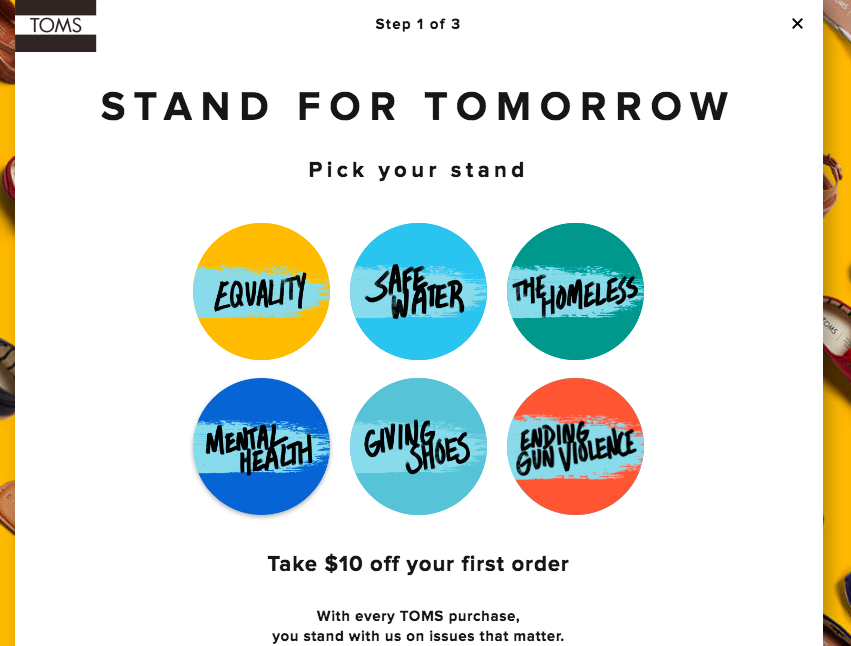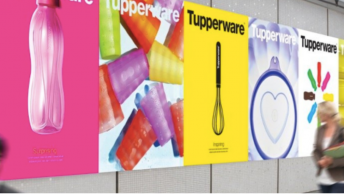People have been telling and loving stories since the dawn of time. They are a key part of how we express our experience of the world around us. Stories are a tool we use to connect with each other.
This is why, if you want to cultivate a digital brand that truly connects and gets you the engagement and sales you want, you can’t forget about the power of storytelling.
Brand storytelling involves using narratives to help your brand resonate with consumers. Customers become invested in your brand and can relate to it. Humans are wired to react to and engage with stories. According to OneSpot, over 90% of consumers want brands to make ads feel more like stories.
So, let’s take a look at how some giant brands have used storytelling to create success.
The Rebranding of Airbnb
Airbnb is a privately owned accommodation rental website. Today it is a global phenomenon. However, it did not become one by accident. They actually underwent a massive strategic rebranding.
Airbnb started as a company with a no-frills rentals angle. However, it evolved into an advertising and branding campaign with compelling storytelling at its center. Their branding revolved around global inclusivity. They didn’t just provide accommodation. Airbnb also enabled travelers to “belong anywhere.”
A Window to the World

By branding themselves as an inclusive window to the world, Airbnb strengthened their branding. They provided a story that many people wanted to be a part of. Airbnb even hosts a blog where they highlight exciting destinations, hosts, experiences, and travel inspiration. This further cements company branding and celebrates their community.
Airbnb changed their company’s storytelling in more ways than one. They also position themselves as the answer to the incredibly high cost of staying in hotels. Hotels are impersonal and don’t give travelers an authentic taste of local life.
This all has worked amazingly for Airbnb. Their popularity has exploded over the last decade. They have also hosted more than 600 million guests around the world.
What Can We Learn From Airbnb?
Ultimately, Airbnb understood that many travelers want to have an authentic experience wherever they travel. Travelers often want to connect with locals. Airbnb also understood that many travelers don’t want to pay high prices for hotel rooms.
Their base not only values saving money. They also value the global community and connection that Airbnb provides.
Airbnb combined the two into a compelling narrative, positioning themselves as a middleman in not just accommodation, but a genuine cultural exchange.
SEE ALSO: Branding for Startups at the example of AirBnB and Uber
The Importance of Values
So, what exactly makes a compelling narrative? One way to approach this puzzle is by putting your brand’s values first.
Many consumers, especially younger consumers, want to root for and do business with brands that they feel have a genuinely positive impact on the world. This is called corporate social responsibility (CSR).
Companies that practice CSR are conscious of the impact they have on society at many levels. They openly work to have a positive impact. They take a look at their impact on economic, social, and environmental levels.
While some feel that it is impossible for a company to do this and succeed, that is not true. Corporate social responsibility has been a pillar of Starbucks, one of the largest companies on earth, since day one. Starbucks currently ethically sources 99% of its coffee through a global network of farmers.
TOMS Gets It Right

According to a Nielsen report, ⅔ of consumers are willing to spend more on products if they come from a sustainable brand. People want to be sure that they are working with companies that are actively improving the world around them.
One company that does this very well is TOMS. This retail company focuses on shoes and accessories. They say that returning to the human story is key to being a more ethical brand.
Blake Mycoskie, The TOMS founder, created their charitable One for One program. He was inspired to start it after seeing children growing up without shoes in Argentina. For every pair of shoes purchased, one is donated to a child in need around the world.
What Can We Learn From TOMS?
The success of their One For One program has led to TOMS branching out into other charitable avenues. They provide shoes, sight, water, safe birth, and bullying prevention services to people in need globally. TOMS has been able to reach more than 70 million people on 6 continents with charitable giving.
In fact, in 2015, TOMS donated nearly 300,000 pairs of shoes as a part of their One Day Without Shoes social campaign. This campaign got more than 3 million impressions on social media.
Ultimately, many people want to work to make the world around them a better place. They expect the same from the companies they work with. If sustainability and charity are important to you, work to make them a big part of your brand’s overall storytelling. This will resonate with your audience.
The Case Against Causewashing
Every day, more and more companies realize that people are shopping according to their convictions. This means that many companies want to get the socially-conscious dollar.
This had led to the rise of what many are calling “causewashing.” This is, essentially, companies claiming to be ethical or doing things that appear socially conscious on the surface. However, they do this while they are less open about their larger problematic practices.
Many consumers are on the lookout for corporate hypocrisy, and if they discover it in your brand it can damage your reputation. We live in a world where a company’s dirty laundry is only a Google search away. So, you can’t afford to causewash.
Remember, the goal is to create authentic storytelling that customers can relate to. This can take many shapes.
SEE ALSO: 3 Keys to Defining Your Digital Brand Voice
Final Thoughts On Storytelling In Branding
Ultimately, humans love stories. We relate to them, create them, and enjoy them in many forms. In order to use storytelling to boost your brand, it needs to come from an authentic place. Your use of storytelling must show not only what you provide, but why.
Whether you give people a way to experience the world like a local, or give people an easy way to buy shoes and positively impact others around the world at the same time, you need a clear central story. You also need to give people the context they need to understand and support your brand’s story so it can flourish.
What are some of your favorite brands and what stories do they tell? Comment below…











